It is the twenty first century and the concept of green building—which may have sprouted as a trend from a select group of forward thinkers—is slowly becoming standard practice. If going green is the future, it seems that the future has arrived. And it is here to stay.
According to McGraw-Hill Construction’s 2009 Green Outlook, “The overall green building market (both non-residential and residential) is likely to more than double from $36-49 billion in 2009 to $96-140 billion by 2013.”
The report says that 70 percent of consumers report they would be more inclined to purchase a green home in a down market.
“It is likely that green will reach the mainstream of the global marketplace and achieve critical mass.”
So why is green building growing so rapidly?
It seems the awareness of climate change, with eyes also focused on other pressing environmental issues, is driving society to find a sustainable way of living, and fast.
This heightened consciousness, coupled with the facts—that green building saves on energy costs while creating a durable, healthy and higher quality home—draws many closer to the green building industry.
It doesn’t hurt that architects and design companies are catching on and creating attractive options for consumers, such as prefab homes, green communities, and apartment complexes.
While some of these projects may first seem costly, they not only offer a high quality of construction, but also help save on long term energy costs—which in the end balance out with original overheads.
Additionally, green rating systems, such as LEED for Homes and Energy Star, have become more prevalent, making it easier for those interested in meeting green standards to succeed in their mission.
Today, the demand for green building is high and continues to rise, growing simultaneously with society’s dependence on fossil fuels, elevating again and again with each bump up in fuel prices.
So, yes, green building is good, but what exactly is it?
Energy wasted
While this question requires a thorough answer, this article can only highlight the basics:
Green building implies a process of designing and constructing a home that is energy efficient, one that uses fewer materials while making better use of the materials purchased. The building shell, or envelope, is the most important factor as this determines most of the energy flow.
“We waste 50 to 90 percent of energy in our buildings,” award-winning architect Michael McDonough said. “Energy use per square foot has gone up 14 percent per year in buildings over the past 10 years.”
Green building needs to result in a highly durable home that saves on energy costs, provides a healthy life for those inside it, while minimizing the home’s footprint on the environment.
A green home strives to have high indoor air quality; what is inside the home—from building materials to furniture—should not add toxins to the air. Products that do not emit VOCs (volatile organic compounds) should be used as much as possible.
A green home should save on energy and resources such as electricity and water. If the building envelope is constructed properly, the energy needs of a resident can decrease up to 80 percent. McDonough recommends autoclaved aerated concrete for the shell.
It is airtight; and with its thermal properties, it can save up to 50 percent of energy used for heating and 75 percent in air-conditioning energy use.
Solar power for hot water is also a great advantage. Water consumption should be minimized by using low-flow shower heads, high-efficiency toilets, and high-efficiency or tankless water heaters.
Recycled materials or materials that can be recycled should be used, as should products that are locally made. Products should be resilient to avoid unnecessary replacement and repair.
Whether building a home or remodeling, there are many ways to go green. It begins by thinking green—understanding the advantages of life inside a green home as well as its benefit to the environment all around.
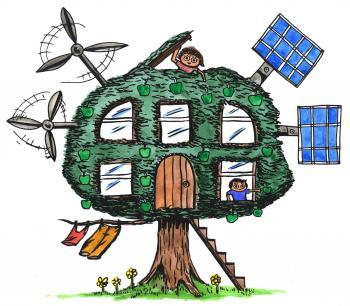
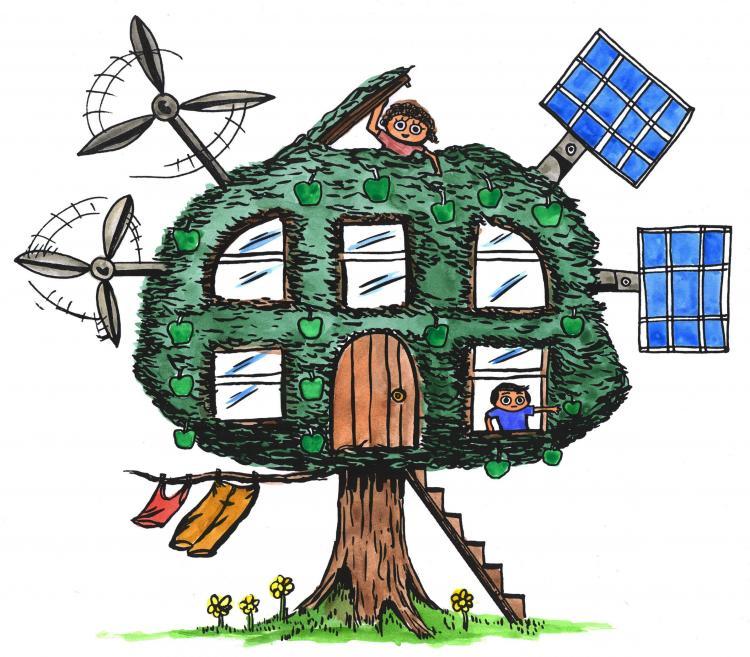
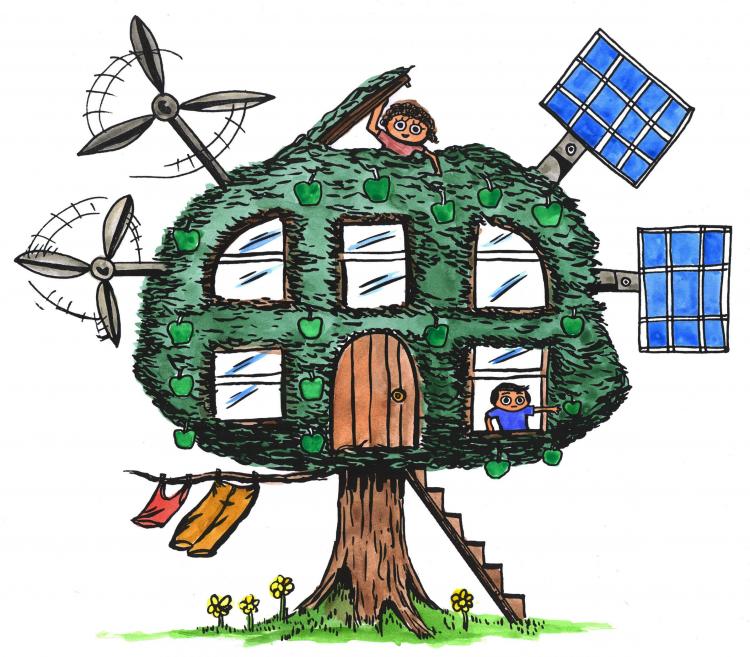
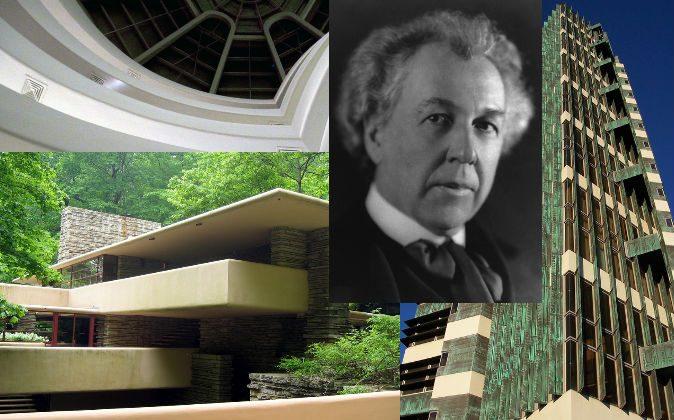
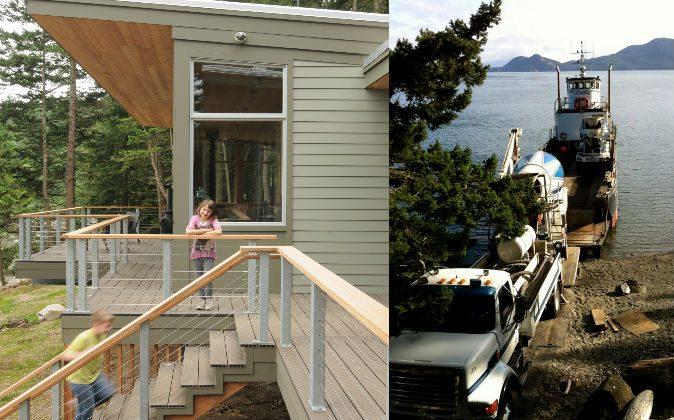
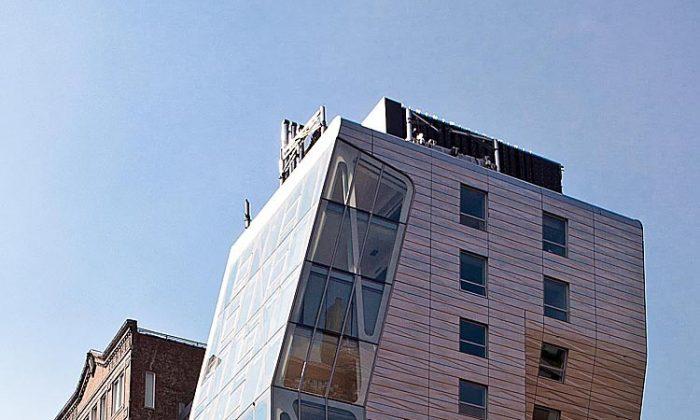

Friends Read Free